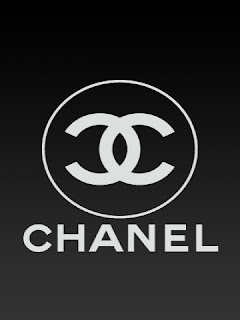Christian Dior (21 January 1905 – 23 October 1957) was a French fashion designer, best known as the founder of one of the world's top fashion houses, also called Christian Dior.
Early life
Christian Dior was born in Granville, a seaside town on the coast of Normandy, France, the second of the five children of Maurice Dior, a wealthy fertilizer manufacturer (the family firm was Dior Frères), and his wife, the former Isabelle Cardamone. He had four siblings: Raymond , Jacqueline, Bernard, and Ginette (aka Catherine). When Christian was about five years old, the family moved to Paris, France, but still returned to the Normandy coast for summer vacations.
Dior's family had hopes he would become a diplomat, but Dior was artistic and wished to be involved in art. He was gay, though not openly so. To make money, he sold his fashion sketches outside his house for about 10 cents each. In 1928, Dior left school and received money from his father to finance a small art gallery, where he and a friend sold art by the likes of Pablo Picasso. Three years later, after the death of Dior's mother and brother and a financial disaster in the family’s fertilizer business, during the Great Depressio, that resulted in his father losing control of Dior Frères, the gallery had to be closed.
The Christian Dior Home and Museum in Granville (Manche), France.
On December 16, 1946 Dior founded his fashion house, backed by Marcel Boussac, a cotton-fabric magnate. The actual name of the line of his first collection, presented in early 1947, was Corolle (literally the botanical term corolla or circlet of flower petals in English), but the phrase New Look was coined for it by Carmel Snow, the editor-in-chief of Harper's Bazaar. Dior's designs were more voluptuous than the boxy, fabric-conserving shapes of the recent World War II styles, influenced by the rations on fabric. He was a master at creating shapes and silhouettes; Dior is quoted as saying "I have designed flower women." His look employed fabrics lined predominantly with percale, boned, bustier-style bodices, hip padding, wasp-waisted corsets and petticoats that made his dresses flare out from the waist, giving his models a very curvaceous form.

















